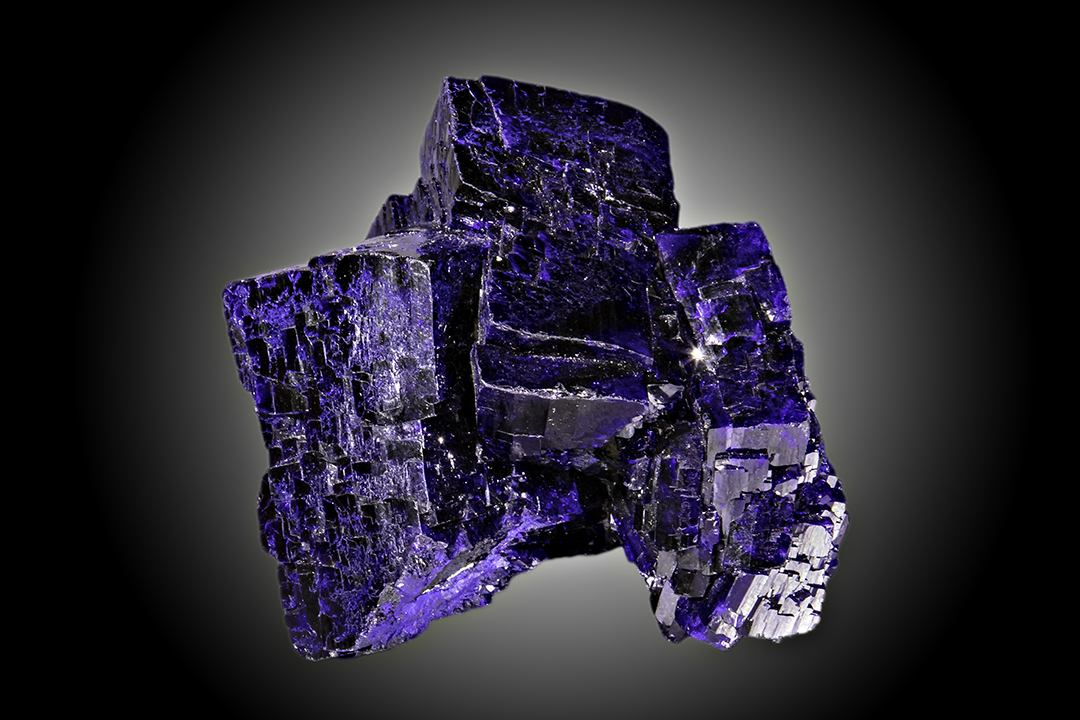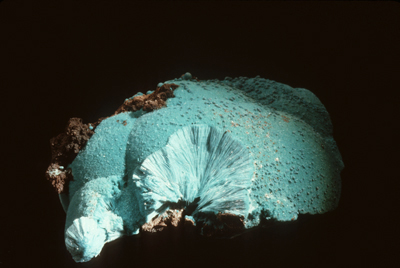Is It A Crystal Or A Crystal Form?
By Anna Domitrovic
Baja - SULFUR - ASDM - Photo by Jeff Scovil
Are you thinking about our 2018 Tucson Gem and Mineral Show®? It’s less than six months away. But it’s never too soon to start thinking about it. Our theme is “Crystals and Crystal forms”, but what do we mean by that? A crystal is defined as a regular and repeating internal arrangement of atoms bounded outwardly by planes. Huh? Simply put, it’s a geometric shape, the result of an arrangement of atoms of a chemical element or compound. So crystals of sulfur, S, a native element, may look like modified pyramids or even pseudo-cubic. While crystals of fluorite, a compound, CaF2, resemble cubes or 4-sided pyramids called octahedrons.
There are six basic crystal systems we use to classify minerals – isometric or cubic, tetragonal, hexagonal, orthorhombic, monoclinic and triclinic. We’ll take a closer look at each of these in the coming months leading up to 2018 Show.
Ray Mine - COPPER - ASDM - Photo by Jeff Scovil
Then there is the subject of crystal forms. To the mineralogist, a form, also called habit, is a descriptive word that brings to mind the shapes of clusters or aggregates of individual crystals. Some of these terms can be very colorful – acicular, arborescent, dendritic, rosette, stalactitic. Some azurite crystals may look blocky in appearance. A common habit for copper is arborescent. And needle-like sprays of aurichalcite are described as acicular.
Maybe a good way to distinguish one from the other is to say a crystal is geometric while a crystal form is descriptive. Will the exhibits at the 2018 Show make this distinction? Maybe. Do we really care? Maybe not. The important thing is what attracts us to minerals in the first place. The colors, the shapes, the glitz, glitter and glamour are some of the things that make us ooohhh and aaahhh over these natural wonders of Mother Earth. We can always leave crystallography (crystals and crystal forms) to the experienced collectors and professionals, as well as the up and coming mineralogists






